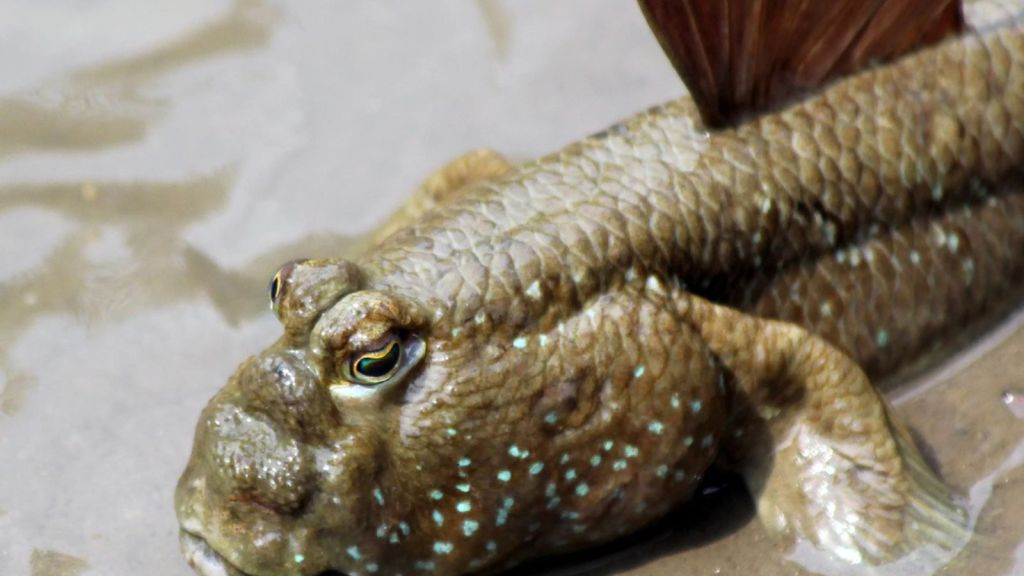“Unveiling Nature’s Strangest Secrets: 17 Astonishing Wonders You Won’t Believe Exist!”
Introduction
Ah, nature! It’s that glorious, unpredictable game show we didn’t know we signed up for. From fish that can walk (yes, you heard that right) to trees that gossip beneath our feet, the natural world is chock-full of surprises that’ll leave you questioning reality—and possibly your sanity. Ever thought about how plants could outsmart the best of us in a duel of wits? Or how one species of jellyfish can just decide to be young again? It’s mind-boggling! So, buckle up, because I’m about to take you on a whirlwind tour of 17 of nature’s quirkiest facts—where even the weird and the creepy have something to teach us. Ready to discover a wild side of Mother Earth? Click here to LEARN MORE!
Nature, in all its glory, is a gold mine of peculiar and fascinating phenomena. From animals with superpowers to plants with mind-boggling abilities, the natural world is a surefire source of curiosity and amazement. While we might think we know a lot about Mother Earth, endless secrets and oddities are still waiting to be discovered.
Prepare to have your mind blown as we uncover the weird and wonderful world of nature. These 17 facts prove that nature is strange and even creepy sometimes. You’re about to discover a side of nature you’ve never seen before.
1. Fish That Walk on Land

While the idea of a fish walking on land might sound like something from a science fiction movie, it’s a reality for certain species. The mudskipper, for example, is a fish that uses its pectoral fins to “walk” across muddy surfaces. These fish can even breathe air and survive out of water for extended periods.













